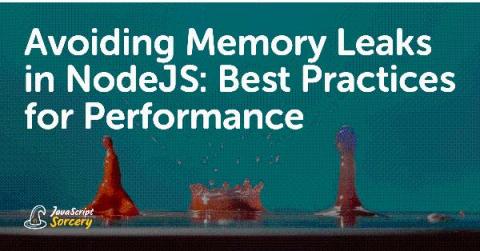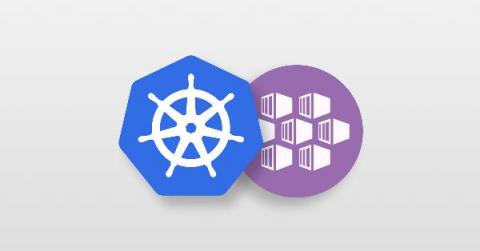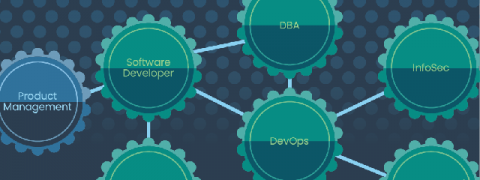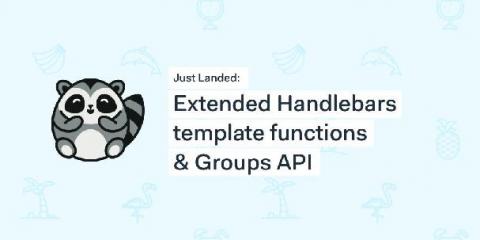The role of infrastructure management in optimizing digital transformation
Digital transformation has now become a reality. It has moved a long way from being an option to a necessity, especially after the outbreak of COVID-19. While every department in an organization is being digitized, businesses reckon digital experience management as a key strategy in optimizing their transformation journey and also in creating a robust business model.











